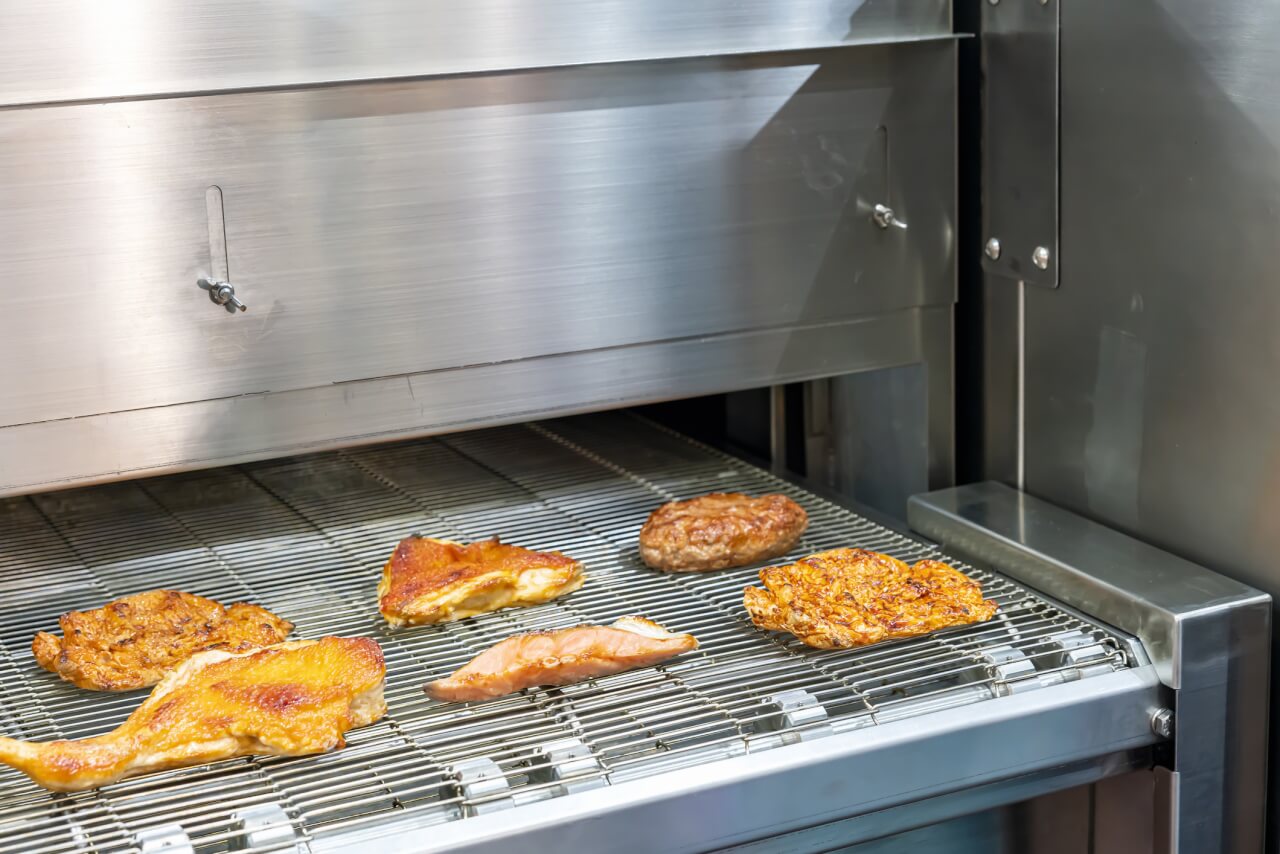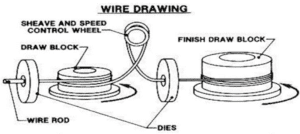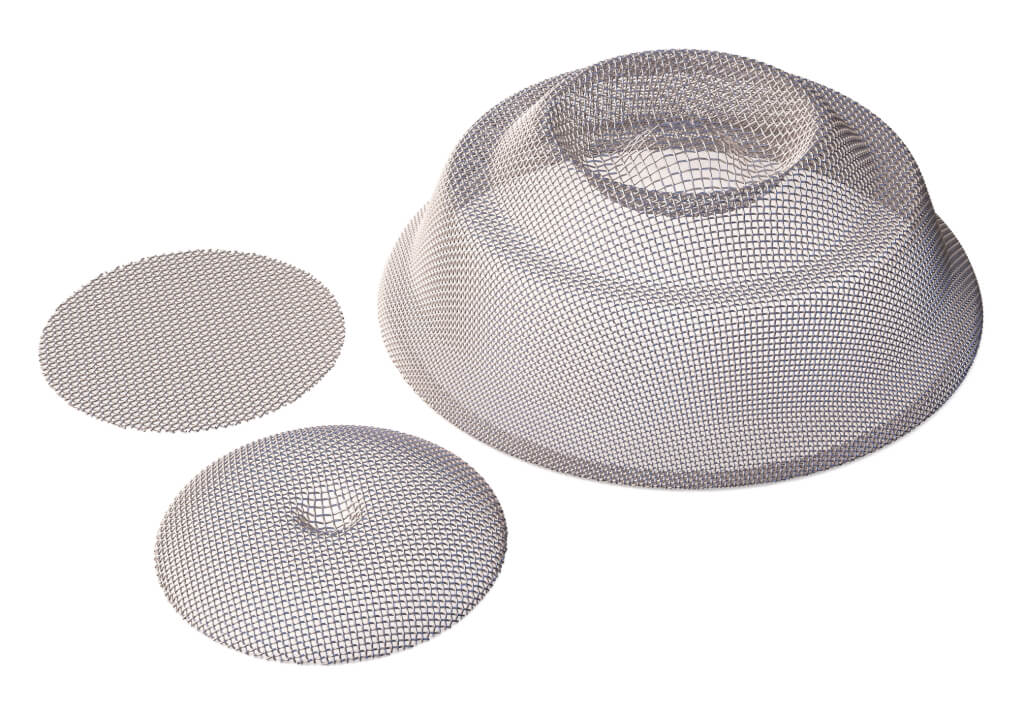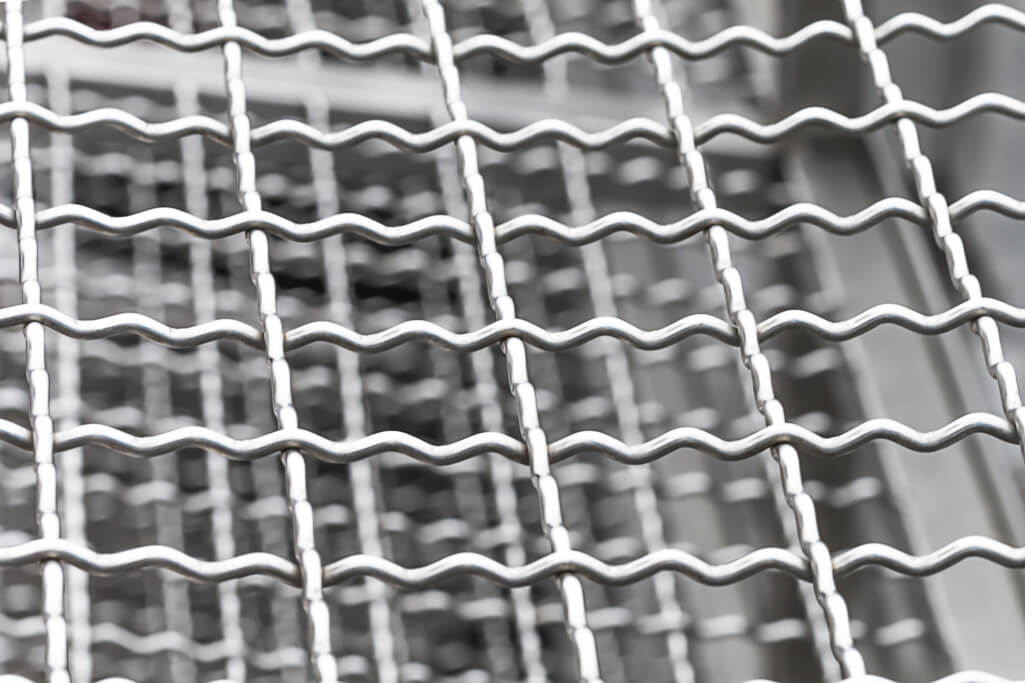
Stainless steel wire mesh is exceptionally strong, durable, corrosion- and heat-resistant, and has an appealing shiny luster that is ideal for architectural and industrial applications. Grades AISI 304/ 316 are commonly used to manufacture wire mesh, while 316L and 304L are preferred for chemical, petrochemical and pharmaceutical applications due to their corrosion-, heat- and oxidation-resistant properties.
By Srikumar Chakraborty, ex ASP/SAIL, Freelance Consultant
The chemical and pharmaceutical industries convert raw materials into various substances/ products, which play an essential role in today’s economy. Chemical and pharmaceutical producers must adhere to strict standards, not only for regulatory reasons, but also to ensure precise operation in industrial processes. Stainless wire mesh used for filtration can be customised by size, layers, weaving styles and design for specific applications. Fabricated stainless wire mesh filters are available in many configurations and are often vital components of production and industrial products.

Stainless steel wire mesh is utilised for screens in many applications, including separating particles of different sizes and filtering out undesirable elements from liquids and gases that pass through them. Screens also form a strong barrier against corrosion by effectively serving as a barrier between two surfaces and stopping chemicals from passing through. Architectural designs utilise stainless wire mesh sheets, and architectural decorative design features on walls or fences. Additionally, stainless screens are employed as a security measure to stop intruders from breaking into houses or offices without using costly locks or conventional glass windows to cover windows or doors.
The manufacturing process
Stainless steel melting and refining – Raw materials are melted in an EAF using high / medium/ low carbon ferrochrome and low carbon steel scrap. The liquid steel produced is refined in an AOD vessel, which is widely used to produce stainless steels and speciality alloy steels, combining higher metallic yields with lower material costs. It allows pinpoint accuracy in chemical composition down to 0.01% carbon and even lower, rapid desulphurisation to less than 0.001%, leading to dephosphorisation and ending up with a cleaner metal coupled with increased productivity.
Shaping as billet, wire rod and wire mesh – Liquid steel is initially shaped as billets/ blooms in a continuous casting machine, which surface conditions the billet to remove any scale or surface defects. Defects such as pinholes, blowholes, central shrinkage, and slag entrapment will negatively affect the quality and yield of rolled products destined to end up as wire. In continuous casting, the pouring/cooling rate, casting speed, casting temperature, superheat, and molten metal temperature significantly affect the quality of cast stainless steel billets. Standard casting parameters can minimise quality problems such as surface, subsurface and interior cracks, rhomboidity, oscillation mark depth, and central porosity.
Stainless wire rod is produced by the hot rolling of continuous cast billets above the re-crystallisation temperature at about 1100°C. Before rolling the cast billet, surface defects are removed and stock heated in a reheating furnace (either fuel-fired or induction heated) and then rolled to the required diameter through a series of rolling passes (generally referred to as roughing, intermediate and finishing passes).
Stainless wire rod is produced by re-rolling and cold drawing by an extrusion or drawing process. It is then passed through one or more carbide or diamond dies depending upon input-output conversion ratio against requirements. As the steel rod passes through each die, the diameter is reduced, increasing length proportionately without any loss. Finally, output as a high-speed wire rod is rolled from the billet after taking temperature measurements as a direct-control parameter.
This comprises various steps with arrangements of infrared thermo detectors at the gathering coil of the Stelmor line. In a computerised environment, temperature and humidity meters establish optimal cooling curve prediction models by using neural network technology to determine a standard cooling regime. Further, in the wire drawing or extrusion process to reduce the size of stainless wire, the output as wire rod passes through sets of dies where the size is reduced and then wound in a coiler.

Variables such as the initial stainless rod diameter, final wire diameter, and end-use applications determine the number of reductions that should take place in the process. The percent reduction in the cross-sectional area occurring at each die determines the extent of work hardening, dictating further reduction prior to annealing. Annealing is required to soften the product and release stresses developed from work hardening. The product is used as wire of the desired dimension. Due to appearance, hardness, smoothness, corrosion resistance, and resistance to elevated temperatures, stainless steel wire is required or preferred over base-metal wires for certain end-use applications.
Manufacture of stainless wire mesh
The processes used to produce stainless wire mesh are either weaving or welding using stainless wire. The weaving process is similar to weaving cloth on a loom, while welding is only used to join the wires where they intersect. Stainless steel mesh is a versatile product, useful in various applications due to its favourable properties includiing flexibility, tensile strength, corrosion, heat and corrosion resistance, hygienic properties etc.
Woven stainless wire mesh is produced using a pinning technique of single wires aligned vertically and horizontally, creating a 90-degree angle with one another as per the pattern and design, using automated machines. In contrast, the semi-automated machines used to produce welded stainless wire mesh deliver exact welds at calculated junctions, the point of intersection of the vertically and horizontally aligned stainless steel wires.
| Grade | C | Mn | Si | P | S | Cr | Ni | Mo |
| 304L | 0.03max | 2.0max | 1.0max | 0.045max | 0.015max | 17.5-19.5 | 8.0-10.5 | – |
| 316L | 0.03max | 2.0max | 1.0max | 0.045max | 0.015max | 16-18 | 10-14 | 2-3 |
| Grade | Melting point °C | TS (MPa) | YS MOa | Elong % | Hardness HB | PREN | 9 months | 12 months on site |
| 304L | 1400-1450 | 500-700 | 200 min | 45 min | 201 | 18 | 20 years | 50 years |
| 316L | 1375-1400 | 485 min | 170 min | 40 min | 217 | 25 | 100 | 128 |
Figure 1. Technical datasheet of low carbon austenitic stainless steel.
Conclusion
Stainless steel wire mesh is a cost-effective, durable product with a long lifetime which meets the requirements of many standards and outperforms the mild steel and galvanised steel mesh currently used in many industries.
About this Tech Article
This tech article appeared in Stainless Steel World, January/February 2024 magazine. To read many more articles like these on an (almost) monthly basis, subscribe to our magazine (available in print and digital format) – SUBSCRIPTIONS TO OUR DIGITAL VERSION ARE NOW FREE.
Every week we share a new Featured Story with our Stainless Steel community. Join us and let’s share your Featured Story on Stainless Steel World online and in print.



